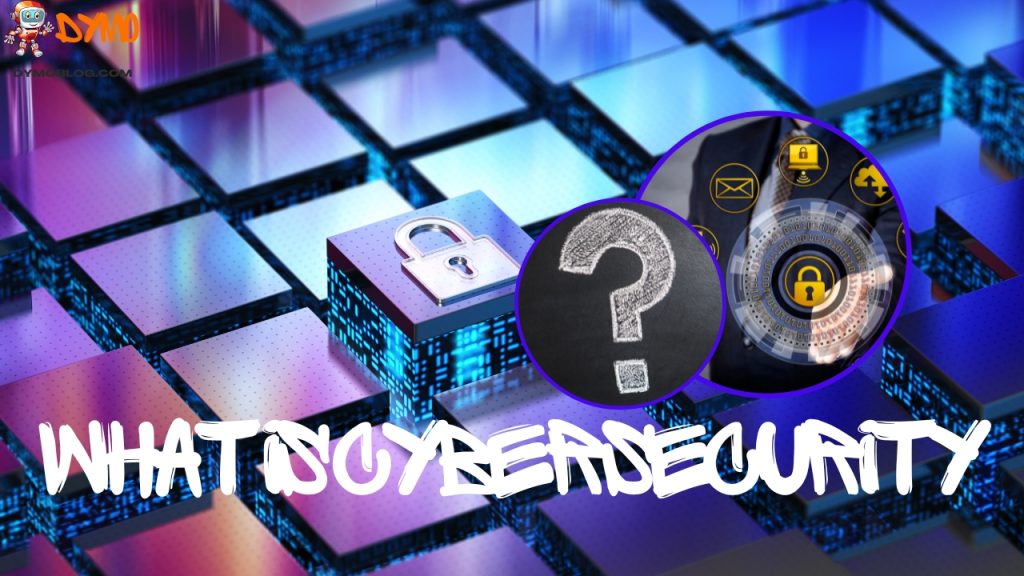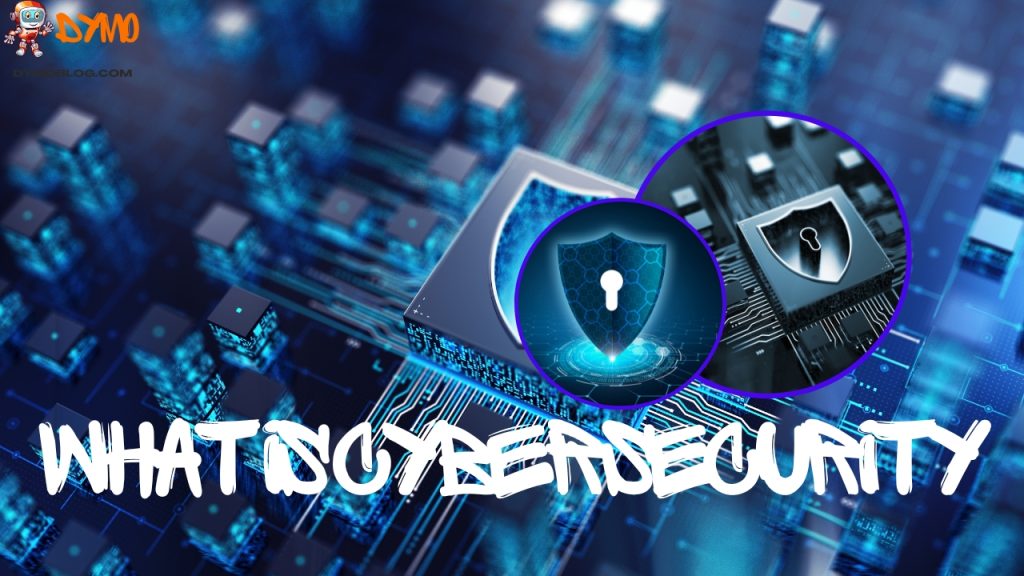Cybersecurity protects Internet-connected computers such as hardware, software, and data from cyber threats. A strong cybersecurity strategy provides a good security posture against cyber attacks designed to access, modify, delete, destroy or extract information from organizations’ or users’ systems and sensitive data. A strong cybersecurity strategy helps prevent attacks that aim to disable a system’s or device’s operation. Cybersecurity Threats: What Are They?
A threat is something that poses a risk to your organization. There are several types of dangers that pose risks to your organization.
Vulnerabilities – Vulnerabilities are weaknesses in your security measures that attackers can exploit. Attackers exploit vulnerabilities because they want to get inside your network and cause harm.
Attacks – An attack is an act performed by someone to disrupt operations or compromise the confidentiality, integrity, or availability of your network.
Exploits – An exploit is a piece of code used by an attacker to break through a firewall or antivirus program and gain access to your network or devices.
Worms – A worm is a self-replicating program that spreads over networks and causes damage.
DDoS Attacks – Distributed Denial of Service (DDOS) is a denial of service attack that uses multiple compromised computers to flood targeted sites with traffic until it overwhelms their capacity to handle legitimate requests.
Ransomware is malicious software that locks down your computer, so you have no choice but to pay a ransom to regain control.
Phishing is when criminals impersonate trusted institutions like banks, online retailers, or social media sites to obtain personal information.

How do I protect my company from cyberattacks?
There are many ways to secure your company from cyberattacks. The most important thing is to educate your staff about what constitutes a cyberattack and how to respond appropriately. Here are some steps you can take to help keep your organization safe from cyberthreats:
- Educate your staff about the different kinds of cyberattacks and how to identify them.
- Keep all employees up to date on any changes to your policies regarding cyber threats.
- Monitor your network and report suspicious activity immediately.
- Implement antivirus software and firewalls.
- Be aware of phishing scams and never click links in emails or open attachments without first verifying the sender.
- Never give out your password to anyone, even if they ask for it.
- Do not share personal financial information over unsecured networks.
- Avoid clicking on links in unsolicited emails.
- Do not download files from unknown sources.
- Keep your operating system and applications updated.
- Use a VPN to encrypt your internet traffic.
- Install an intrusion detection/prevention solution.
- Implement a patch management policy.
- Monitor your logs regularly.
- Restrict access to sensitive data by using strong passwords and multifactor authentication.
- Use an allowlist approach to allow only known good apps into your network.
Cyber security is everyone’s responsibility. Every employee should be trained on how to protect company data. Employees need to know acceptable and unacceptable behavior when using company computers or devices. Employees must follow good practices to prevent unauthorized access to information or misuse of company resources.
















